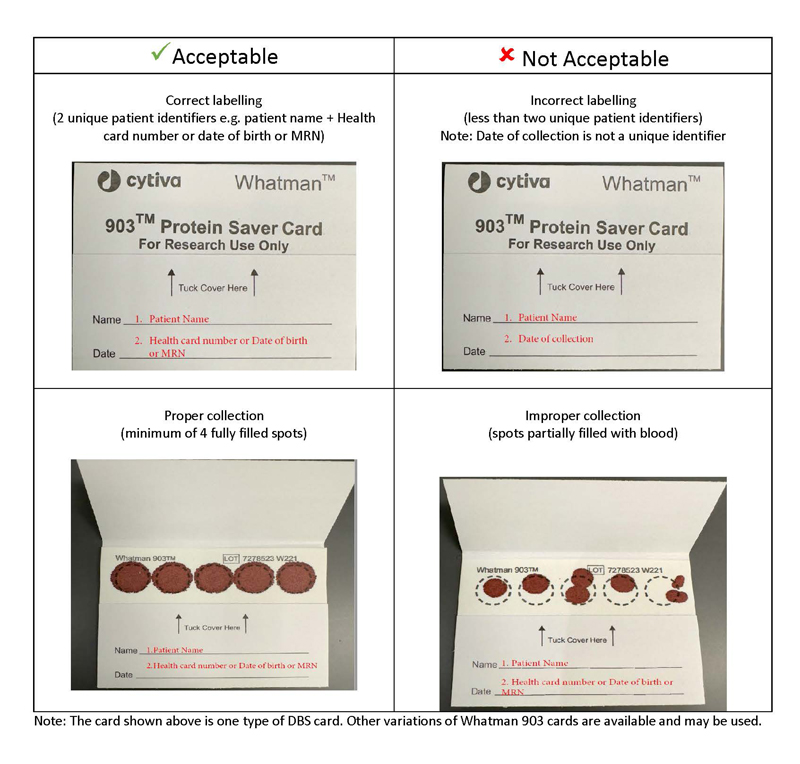
Hepatitis C - RNA Viral Load
Consistent with O. Reg. 671/92 of the French Language Services Act, laboratory testing information on this page is only available in English because it is scientific or technical in nature and is for use only by qualified health care providers and not by members of the public.
Background
This page provides viral load testing information for hepatitis C virus (HCV) at Public Health Ontario (PHO). For information regarding other testing options, refer to the following PHO webpages:
Updates
- HCV RNA viral load reflex testing has been expanded. Please see test algorithm and interpretation sections for details.
Testing Indications
HCV RNA viral load testing is intended to detect current HCV infection in individuals with evidence of HCV antibody and/or evidence of liver disease. Detection of HCV RNA indicates active HCV replication and is evidence of an active infection.
HCV RNA viral load testing may be considered for the following:
- As an aid in the management of HCV-infected patients undergoing anti-viral therapy
- Before initiating anti-viral therapy to measure baseline viral load (i.e. pre-treatment)
- At the end of treatment or at the follow-up to treatment to determine sustained virologic response (SVR)/virologic cure
- To determine spontaneous HCV clearance
- Transplant recipient work-up and post-transplant monitoring
- Rule-out acute HCV infection in patients with negative or inconclusive HCV antibody
- Immunocompromised patients
- Patients with high-risk activities (e.g. Injection drug users, HIV-positive patients engaging in MSM activities) and high-risk occupational exposures
- Children between the ages of 6 weeks and 18 months of age who were born to HCV-positive mothers
Dried Blood Spot (DBS) testing is available for HCV RNA viral load and is intended for:
- Remote/isolated areas where access to laboratory facilities may not be available or, if available, may have limited capacity for processing
- Individuals who are unable to provide venous-collected blood specimens
Acceptance/Rejection Criteria
- DBS specimens are accepted for testing provided the following conditions are met:
- Reactive laboratory HCV antibody test at PHO, or
- Positive HCV antibody test by point-of-care (POC) testing
- Unspun primary blood collection tubes will be rejected. Spun SSTs are acceptable.
- Requests received other than outlined in the testing indication will be rejected, unless approved by a PHO Microbiologist.
- Requests with incomplete information on the requisition will be rejected.
Specimen Requirements
| Test Requested | Required Requisition(s) | Specimen Type | Minimum Volume | Collection Kit |
HCV RNA Viral Load |
Serum1 |
2.5 mL |
Serum separator tube (SST); vacutainer tubes without additives |
|
HCV RNA Viral Load |
DBS2 |
4 DBS per patient sample to allow for additional testing if required |
DBS placed in an individual resealable bag with a desiccant sachet in each bag |
Submission and Collection Notes
Specimens may be stored at 2-25°C and must be centrifuged within 24 hours of collection. If using blood collection tubes without gel separators, serum must be separated and transferred to aliquot tubes immediately before sending to PHO. Spun SST can be sent to PHO, but a separated and aliquoted serum is preferred. Centrifugation should be performed according to the tube manufacturer’s instructions. Serum may be stored and/or transported at 2-8°C for up to 3 days or at ≤-18°C for up to 6 weeks. If extended storage is required, serum specimens can be frozen at ≤-60°C.
DBS cards must have at least four (4) fully delineated spots that are allowed to dry completely before submitting to PHO. DBS must be transported to PHO in individual sealable bags containing a desiccant sachet at room temperature. Appropriately prepared DBS specimens are stable at room temperature for up to 30 days. PHO does not provide supplies for DBS collection and shipping.
Supplies may be ordered from the following suppliers:
- Whatman 903 Proteinsaver Card
- Cytiva Lifesciences: Product no: 10534612
- Fisher Scientific Canada: Product no: 05-705-121
- VWR Canada: Product no: CA28170-017
- Liquid Tight specimen bags
- Cytiva Lifesciences: Product no: 10534321
- Fisher Scientific Canada: Product no: 0980015
- VWR Canada: Product no: CA89027-020
- Dessicants
- Cytiva Lifesciences: Product no: 10548239
- Sigma Aldrich: Product no. Z163562
Complete all fields on the requisition. Select a testing indication (diagnostic, pre-treatment, or post-treatment). An indication for testing must be provided to avoid testing delays and/or cancellation. The date of collection must be recorded on the test requisition.
Label the specimen container with the patient’s full name, date of collection and one other unique identifier such as the patient’s date of birth or Health Card Number. Failure to provide this information may result in rejection or testing delay.
Limitations
Grossly haemolysed, icteric, lipemic or microbially contaminated serum is not recommended for testing.
HCV RNA viral load testing is not intended for donor screening.
DBS samples are not a replacement for venous-collected samples as the sensitivity for detecting HCV RNA from DBS is lower than venous-collected specimens.
Storage and Transport
Place the specimen in a biohazard bag and seal it. To avoid delays in testing, it is recommended to ship specimens for testing to PHO’s laboratory immediately after collection or processing. Whole blood that has not been centrifuged must be received at PHO’s laboratory within 24 hours of collection, before 2:00 p.m. Monday - Friday. Serum stored at 2°C to 8°C must be shipped with ice packs within 3 days of separation. Frozen serum specimens must be shipped on dry ice.
Filter cards containing DBS specimens should be shipped to PHO’s laboratory in individual re-sealable bags containing a desiccant sachet. When the sample is appropriately prepared, it will be stable at room temperature for up to 30 days. Do not refrigerate samples. Do not ship on weekends.
Shipping of specimens should be done by Transportation of Dangerous Goods (TDG) certified individuals in accordance with TDG regulations.
Special Instructions
Please note that PHO does not provide supplies or kits for DBS collections.
Test Frequency and Turnaround Time (TAT)
HCV RNA viral load testing for serum and DBS is performed daily Monday to Friday. Turnaround time is up to 6 business days from receipt by PHO’s laboratory.
Specimens for HCV RNA viral load are tested using the Roche cobas® HCV Assay on the cobas® 8800 system. The cobas® HCV assay is an in vitro nucleic acid amplification test for the quantitation of HCV in serum of HCV-infected individuals. The assay detects HCV genotypes 1-6.
Algorithm
HCV RNA viral load reflex testing will be tested for individuals with:
- A first-time HCV antibody reactive result
- A previously reactive HCV antibody with no history of HCV RNA viral load testing
- A first-time inconclusive HCV antibody
HCV genotyping will be automatically performed on the first pre-treatment (i.e. baseline) specimen submitted for HCV RNA viral load testing if the HCV viral load is ≥125 IU/mL. No additional specimen is usually required if sufficient specimen volume is received.
Interpretation
Results should be interpreted in the context of the patient’s clinical presentation, risk factors, and exposure history. The table below provides a guide for interpreting HCV RNA viral load results.
|
Serum Results |
DBS Results1 |
Interpretations |
|---|---|---|
|
Not Detected |
Not Detected |
HCV RNA not detected. 2 |
|
<1.50E+01 IU/mL |
<1.00E+03 IU/mL |
HCV RNA detected below the lower limit of quantitation. Unable to quantify. |
|
1.50 E+01 to 1.00 E+08 IU/mL |
1.00 E+03 to 1.00 E+08 IU/mL |
Viral load will be reported in IU/mL. |
|
>1.00E+08 IU/mL |
>1.00E+08 IU/mL |
HCV RNA detected above the upper limit of quantitation. Unable to quantify. |
1Based on internal validation studies performed at PHO’s laboratory, HCV RNA testing conducted on DBS is less sensitive than venous-collected samples. The lower limit of detection (LOD) of HCV RNA using one DBS per test is 1000 IU/mL; thus, DBS samples should NOT be used to rule out active HCV infection or to determine whether a patient on treatment has achieved an undetectable HCV viral load.
2Unless clinically warranted, no further testing for HCV is recommended for individuals with two inconclusive HCV antibody results with no HCV RNA detected at least 6-8 weeks apart. Repeat HCV viral load testing is recommended within 6 months for patients with recent exposure or ongoing risk for HCV infection.
Don’t have a MyPHO account? Register Now


